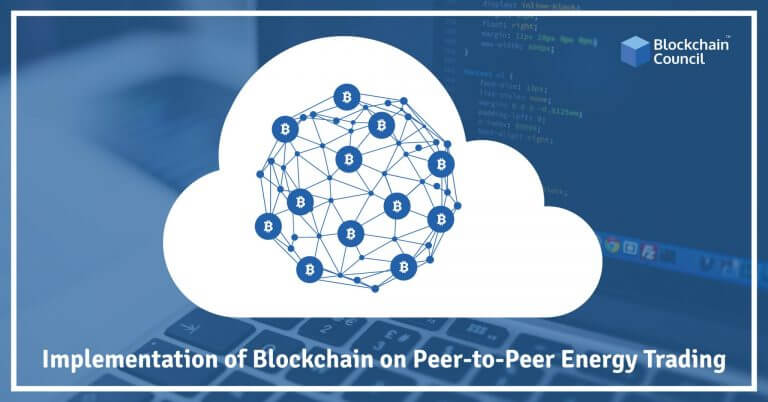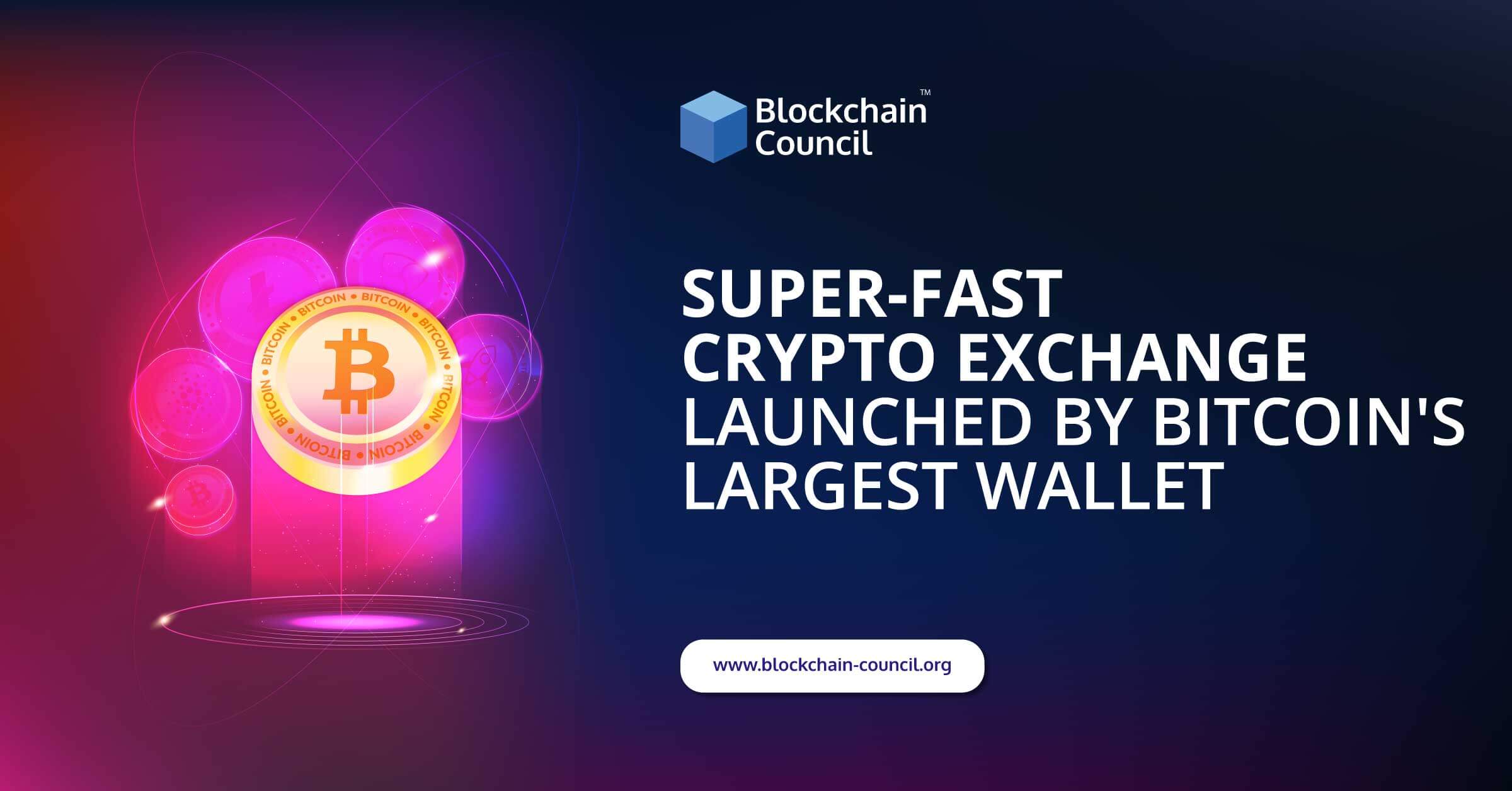
- Toshendra Kumar Sharma
- April 10, 2018
Bitcoin and other cryptocurrencies have received a lot of media attention over the course of the last year due to the astronomical rise in prices in the cryptocurrency markets. This has led a lot of young investors to invest in cryptocurrencies and look at other ways to acquire the various digital currencies. Bitcoin (and other altcoins) mining is the fastest and easiest way to help protect the Bitcoin network and to earn small amounts of Bitcoin for securing the network. Let’s take a look at the types of mining operations that users can invest in to earn Bitcoin.
What is Bitcoin Mining?
Blockchain, the underlying technology behind Bitcoin, relies on a “consensus mechanism” to function correctly. A consensus mechanism ensures that all of the nodes running on the network converge on the same ledger and has built-in rules to handle collisions. Bitcoin’s consensus mechanism, called Proof-of-Work, relies, on the combined computing power of all the nodes mining on the network to ensure the safety of the network. All of the participating nodes are competing against each other to solve complex mathematical puzzles that heavily employ digital cryptography. When the mathematical problem is solved, a batch of Bitcoin transactions are processed, and the block of transactions is appended to the global blockchain. In effect, this makes the Bitcoin network utterly resistant to tampering or hacking as a successful attack would require over 50% of the network mining apparatus. Acquiring the necessary computing resources to hack the network far outweigh the reward, thereby making the process economically unviable.
Types of Mining
When Bitcoin first launched, mining was much more accessible to people as there were very few people mining on the network. This meant that people could use old computers to mine Bitcoin and earn a decent amount of Bitcoin for their computational resources. However, as the popularity of the digital currency rose, so made the difficulty of mining on the network. For users to get started with Bitcoin mining now, they would require specialized hardware, called ASIC (Application Specific Integrated Circuits) Computers. Additionally, it doesn’t make much sense for users to mine individually anymore as the odds of them ever successfully solving a block are astronomically low. Here are the major ways in which users can set up their Bitcoin mining operation:
- ASIC Farms
This is a good option for people who have access to cheap electricity on a regular basis along with a few thousand dollars to acquire the equipment. People who choose to set up their own ASIC farms need a large empty warehouse, preferably located in colder areas as the ASICS produce a lot of heat and sound. ASICS cost anywhere from a few hundred dollars to a few thousand dollars, so the initial set up cost is quite high. Once an ASIC farm is set up, joining a reputable pool is the most efficient way to mine Bitcoin. According to current estimates, users would need to mine for about six months based on current difficulty estimates to recoup their initial investments on ASICs and the cost of electricity before they can start to turn a profit.
- Cloud-Based Mining
Bitcoin cloud mining is a new way of buying contracts from third parties like HashFlare and Genesis Mining to do your mining. It offers several advantages over setting up your mining equipment, like not having to worry about the maintaining the hardware and paying for electricity on your own. The disadvantage to buying mining contracts is that you have less control over which pools to support and voting rights. Overall, this is a good option for people who are new to cryptocurrencies and want to get started with mining.
Problems with Mining
Despite the remarkable security that Proof of Work mining provides for a network, it has a few shortcomings. The primary problem with Bitcoin mining is the amount of electricity that the miners require to run their equipment. As more and more people join the mining network, the difficulty of the mathematical puzzle keeps increasing. This means that as more miners join the network, miners on the network are doing more computational work that is only going towards outcompeting others and therefore is a net waste. During the peak network usage around mid-December, when the Bitcoin memory pool was all filled up, transaction fees skyrocketed. Some researchers estimated that at that point, every Bitcoin transaction was requiring enough energy to power an average suburban home for up to nine days.





































































 Guides
Guides News
News Blockchain
Blockchain Cryptocurrency
& Digital Assets
Cryptocurrency
& Digital Assets Web3
Web3 Metaverse & NFTs
Metaverse & NFTs
